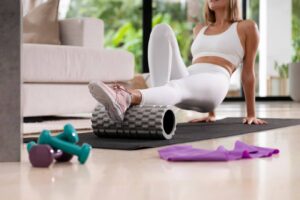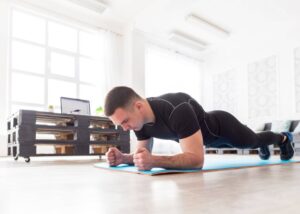The Fitness & Bodybuilding Blog
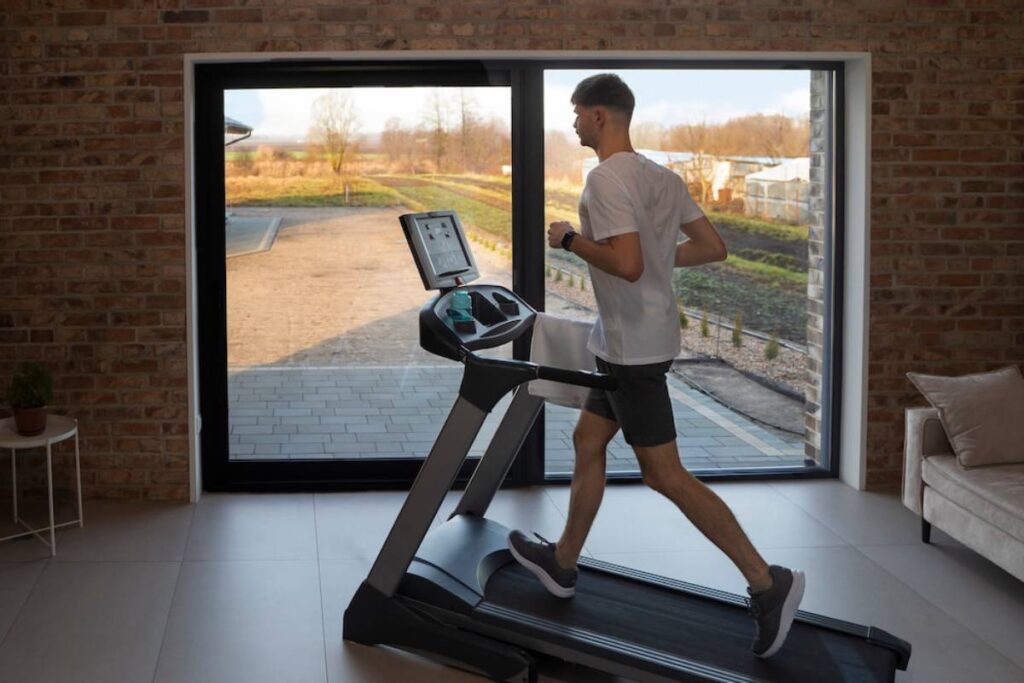
How to Design a Compact Yet Functional Workout Space
In our fast-paced world, maintaining our wellness is more important than ever! But finding time and space to exercise can be a challenge. That’s where the idea of a space-efficient workout station comes in. A compact workout space saves room for itself. It creates an environment that motivates and empowers your fitness adventures. Since October 2023, home gyms have become very popular. This trend happens because they are convenient and offer a personalised experience. This guide shows you how to create a small but effective workout space. You can reach your fitness goals without needing a gym membership.
Understanding the Core
The Importance of Space Planning
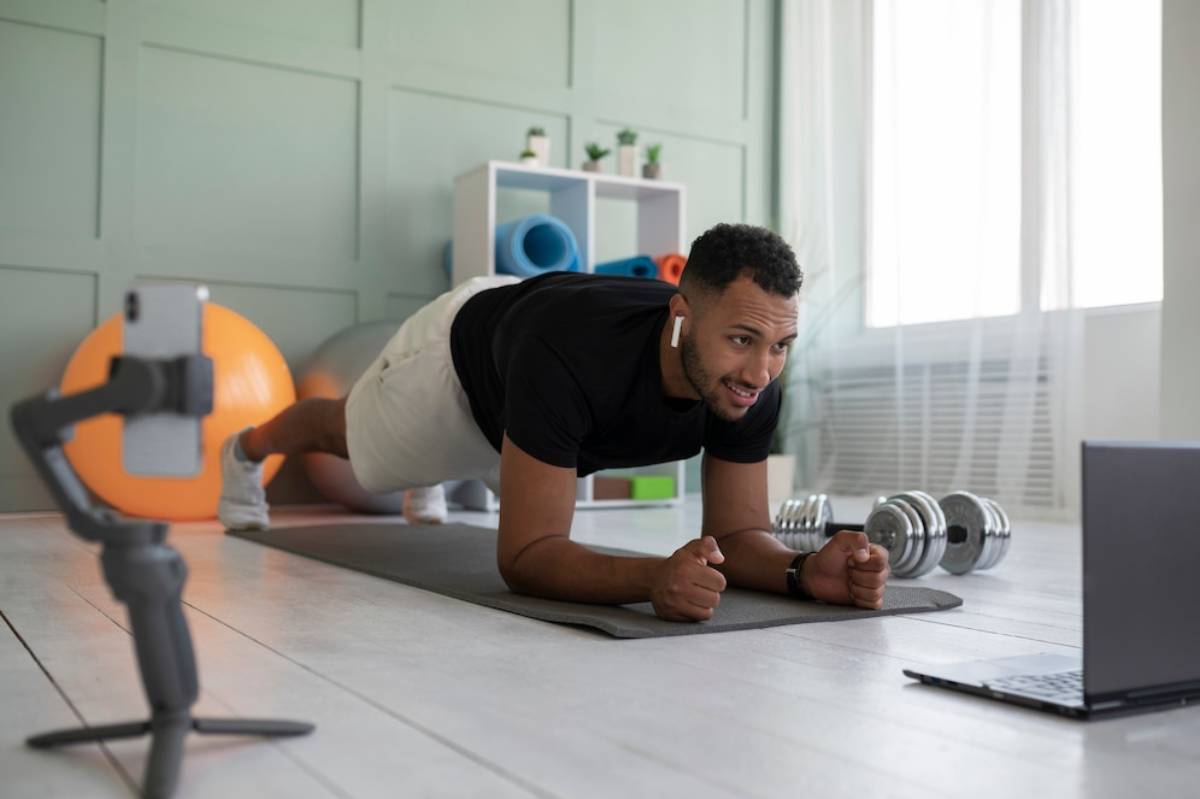
The basis of any successful gym design is a careful plan of the space. It means arranging equipment and furniture in a way that enhances functionality. This also helps maintain a clutter-free space. Every square metre is precious when you’re designing a compact home gym. The challenge is to make it not just efficient but inviting, so that it will be used regularly.
Key Considerations for Gym Design
- urpose and Goals: Define what you want to achieve with your home gym. Are you focusing on strength training, cardio, flexibility, or a combination? Your goals will dictate the type of equipment and layout required.
- Available Space: Measure the available space accurately. Check the ceiling height. Some equipment, like treadmills or pull-up bars, need more space above.
- Budget: Determine your budget for the gym design. This will affect what equipment you can buy and any renovations you might need.
- Aesthetic and Atmosphere: Decide on the look and feel of your workout space. A well-designed gym should inspire and energise you.
Quick Guide / Checklist
- Define your fitness goals.
- Measure the available space.
- Set a budget.
- Choose essential equipment.
- Plan the layout for optimal flow.
- Consider storage solutions.
- Incorporate motivational elements.
Step-by-Step Guide (How to Practise)
1. Define Your Fitness Goals
Knowing your fitness goals is key. It helps you choose the right equipment and layout. For instance:
- Strength Training: Requires weights, resistance bands, and possibly a bench.
- Cardio: Needs equipment like a treadmill, a stationary bike, or a jump rope.
- Flexibility and Balance: May require yoga mats, foam rollers, and balance balls.
2. Measure Your Space
Accurate measurements are critical. Use a tape measure to determine the space’s length, width, and height. Think about natural light and ventilation. They can improve your workout experience.
3. Set a Budget

Your budget will guide your purchasing decisions. Focus on key equipment. Look for second-hand options or sales to save money.
4. Choose Essential Equipment
Choose equipment that matches your fitness goals. Make sure it fits your space and budget. Think about equipment that does many things. For example, adjustable dumbbells and foldable treadmills are great options.
5. Plan the Layout
Create a floor plan that allows for easy movement and accessibility. Try putting bigger equipment against the walls. This will open up more space in the centre for exercises that need extra room.
6. Consider Storage Solutions
Efficient storage is key in a compact gym. Use wall-mounted racks or shelves to store weights and accessories. Consider foldable or stackable equipment to save space.
7. Incorporate Motivational Elements
Add elements that inspire you, such as mirrors, motivational posters, or a sound system for music. A well-lit and aesthetically pleasing environment can enhance your workout experience.
Pro Tip: Use a pegboard to hang resistance bands, jump ropes, and accessories. It’s a smart way to save space and keep everything easy to reach.
Things to Remember
- Use Vertical Space: Wall-mounted racks and hooks can store equipment. They don’t take up floor space.
- Avoid Overcrowding: Too much equipment can make the space feel cramped. Stick to essentials.
- Safety First: Ensure there is adequate space around equipment to prevent accidents.
- Regular Maintenance: Keep equipment clean and in good working order. This extends its lifespan.
Important: Choose versatile equipment that supports multiple exercises to reduce clutter.
Best Practices & Additional Insights
Enhancing Your Workout Space
- Mirrors: You can install mirrors to make a space feel larger. They also help you check your form while exercising.
- Lighting: Good lighting can improve the mood and functionality of your gym. Consider natural light or adjustable LED lights.
- Ventilation: Ensure proper airflow to keep the space comfortable and odour-free.
Professional Experience
Many experts, from personal trainers to interior designers, say a good home gym boosts your motivation and consistency. Consulting with a professional can provide valuable insights and help avoid common pitfalls.
Secret Tip: Use painter’s tape to outline floor space for equipment before buying. It helps you see the layout first, so you can decide without commitment.
FAQs
How much space do I need for a home gym?
It depends on your fitness goals and equipment. However, a basic setup can be set up in approximately 3 m x 3 m.
Can I design a home gym on a tight budget?
Yes, prioritise essential equipment and consider second-hand options. Focus on multi-functional items to maximise your budget.
How do I maintain my home gym equipment?
Clean your equipment regularly. Lubricate moving parts and check for wear and tear. This will help keep everything in good shape.
What is the best flooring for a home gym?
Rubber flooring is tough, absorbs shock, and is easy to clean. This makes it perfect for home gyms.
Conclusion: Creating Your Ideal Compact Workout Haven
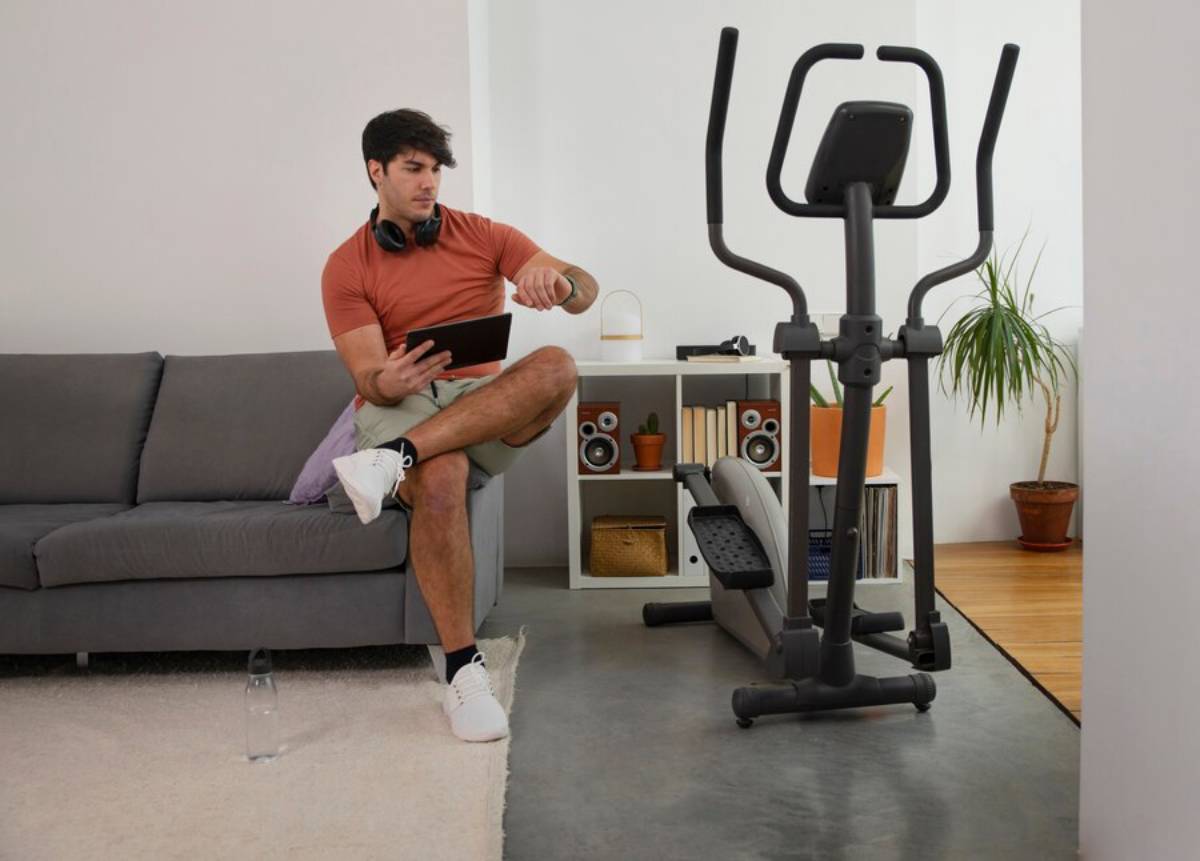
A small, functional workout area is great for anyone who enjoys variety in their fitness routine. Design your space, get the right gear, and inject some motivation. That way, you can create a gym that serves you and prompts you to exercise regularly. A good home gym helps you meet your health goals, whether you’re a beginner or a competitive athlete. So, are you ready to get started building your home gym? Begin by assessing your space and defining your fitness goals today!
For more expert tips and home gym inspiration, visit our Home Fitness Solutions page.



